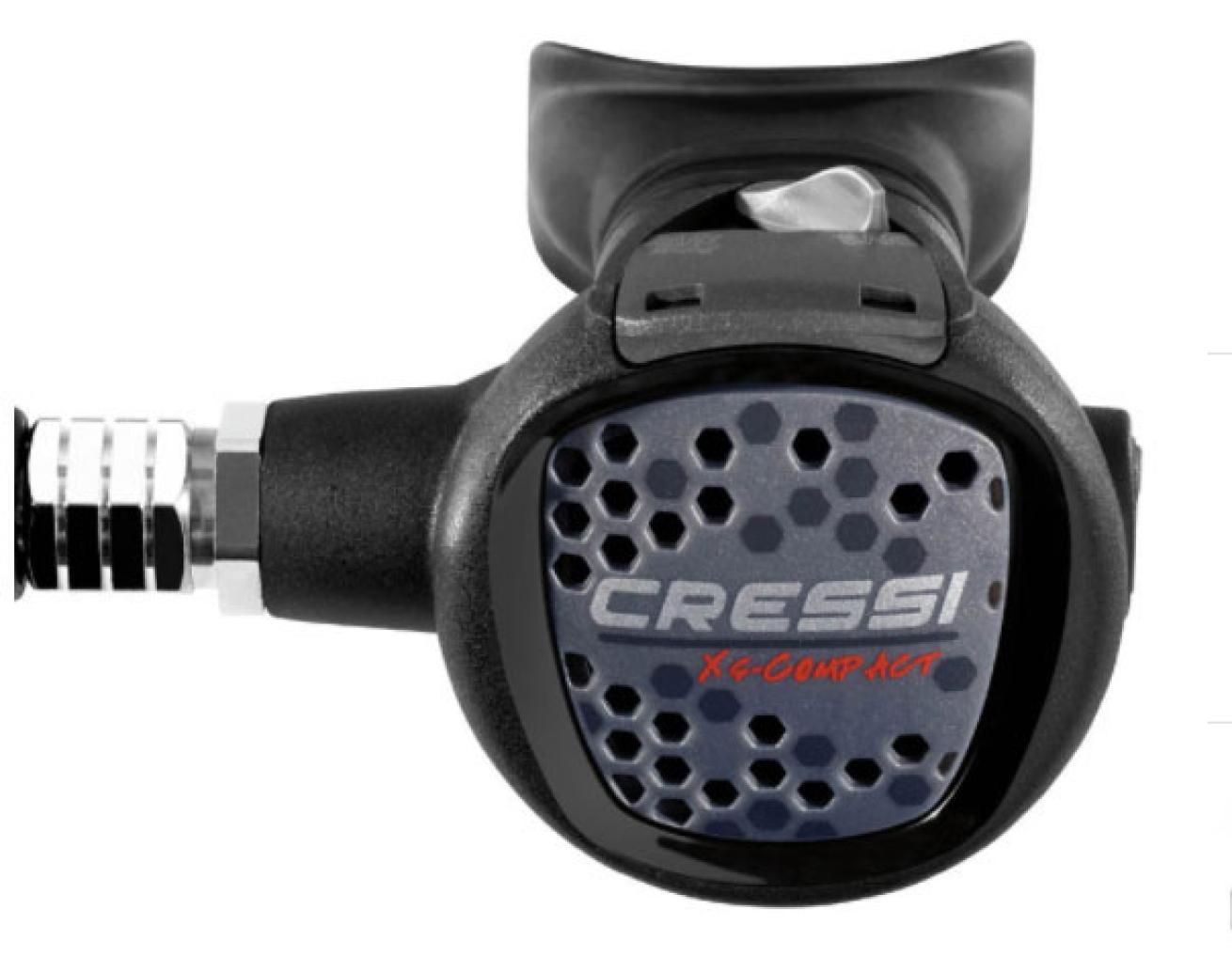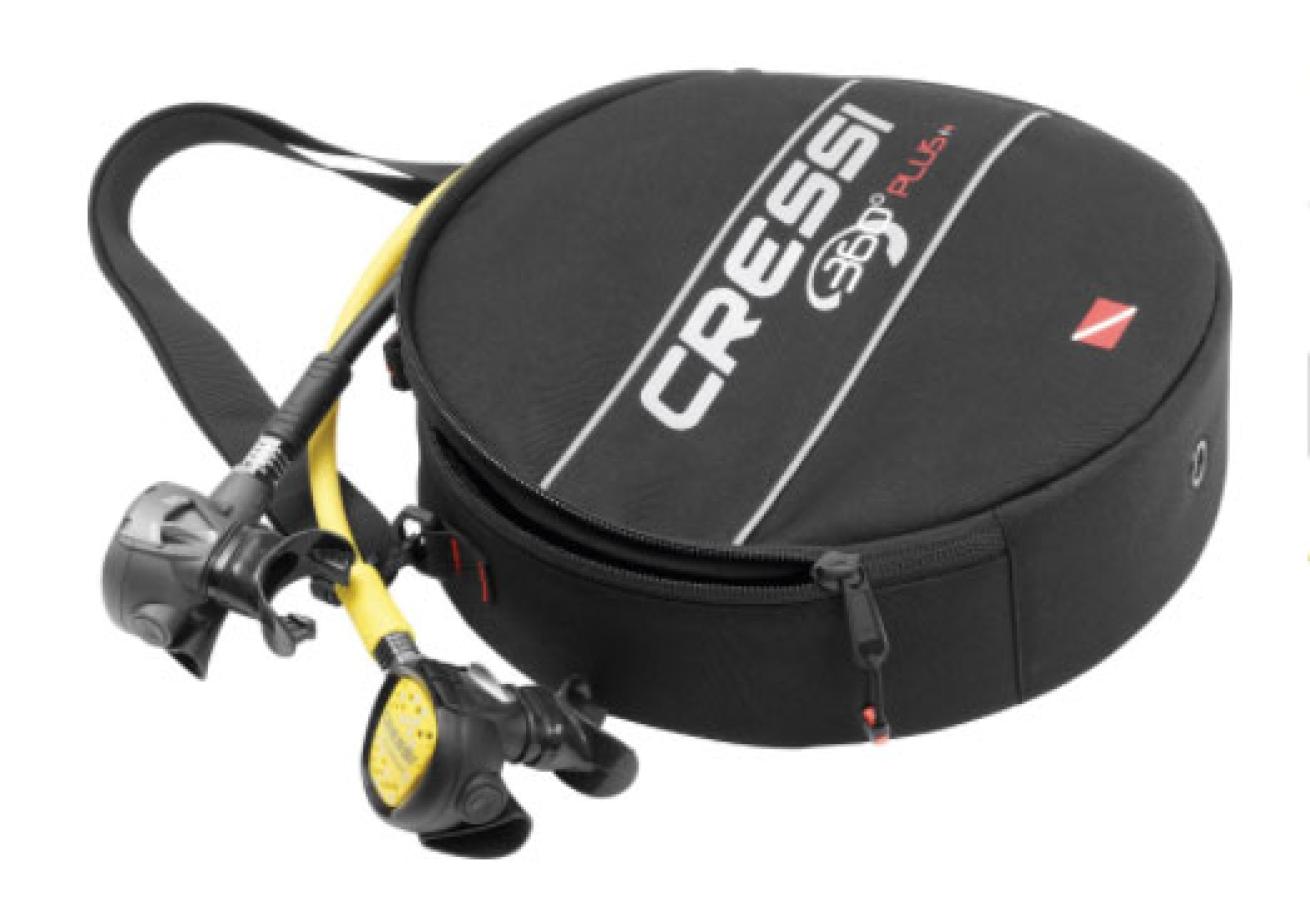5 Easy Steps for Maintaining Your Reg

regulator
A modern regulator is an extremely reliable mechanism. So reliable, in fact, that some divers will take their regs on countless dives and never so much as rinse them off. Yet they keep on delivering air year after year.
While this is indeed the modus operandi for the maintenance-challenged individuals among us, the truth is, a regulator is a pretty hefty investment, and when you spend that much on something it kinda makes you want to take care of it. We’re not talking a major commitment here; we’re talking a few minutes after each day of diving following some simple steps to help extend the life and performance of what is really the most important component of your life support system.
This is all it takes:
1. After a day’s diving, making sure the dust cover is in place, give the reg a quick rinse with a low-pressure hose to knock off any big chunks of dirt, sand or salt.
2. Drop the reg in a bucket of fresh water or the bathroom sink and let it soak for 10 minutes or so.
3. During the soak, swish the second stage around in the water (without depressing the purge button) to get water flowing through the mouthpiece and exhaust tee.
4. Pull the reg out of the water and give it another gentle rinse, making sure you hit all swivels and hose connections. This will require pulling back the hose protectors—if your reg has them—so you can get at the connections to the first stage.
5. Give the first stage and second stage a gentle shake to clear any excess water from the yoke and the exhaust tee. Then lay it loosely coiled out of direct sunlight to dry.

Courtesy CressiCressi MC9 / Compact regulator
A modern regulator is an extremely reliable mechanism. So reliable, in fact, that some divers will take their regs on countless dives and never so much as rinse them off. Yet they keep on delivering air year after year.
While this is indeed the modus operandi for the maintenance-challenged individuals among us, the truth is, a regulator is a pretty hefty investment, and when you spend that much on something it kinda makes you want to take care of it. We’re not talking a major commitment here; we’re talking a few minutes after each day of diving following some simple steps to help extend the life and performance of what is really the most important component of your life support system.
This is all it takes:
1. After a day’s diving, making sure the dust cover is in place, give the reg a quick rinse with a low-pressure hose to knock off any big chunks of dirt, sand or salt.
2. Drop the reg in a bucket of fresh water or the bathroom sink and let it soak for 10 minutes or so.
3. During the soak, swish the second stage around in the water (without depressing the purge button) to get water flowing through the mouthpiece and exhaust tee.
4. Pull the reg out of the water and give it another gentle rinse, making sure you hit all swivels and hose connections. This will require pulling back the hose protectors — if your reg has them — so you can get at the connections to the first stage.
5. Give the first stage and second stage a gentle shake to clear any excess water from the yoke and the exhaust tee. Then lay it loosely coiled out of direct sunlight to dry.

Courtesy CressiA specially made bag like Cressi's 360 Regulator Bag can protect your regulator while you're transporting it.
Added Protection
Invest in a specially made padded bag, like Cressi's 360 Regulator Bag, to transport regulators (and other delicate instruments). It will keep your reg safe from rough baggage handlers or from damage caused by knocking around in a vehicle or boat as you travel to the dive site.
Contact: cressi.com










